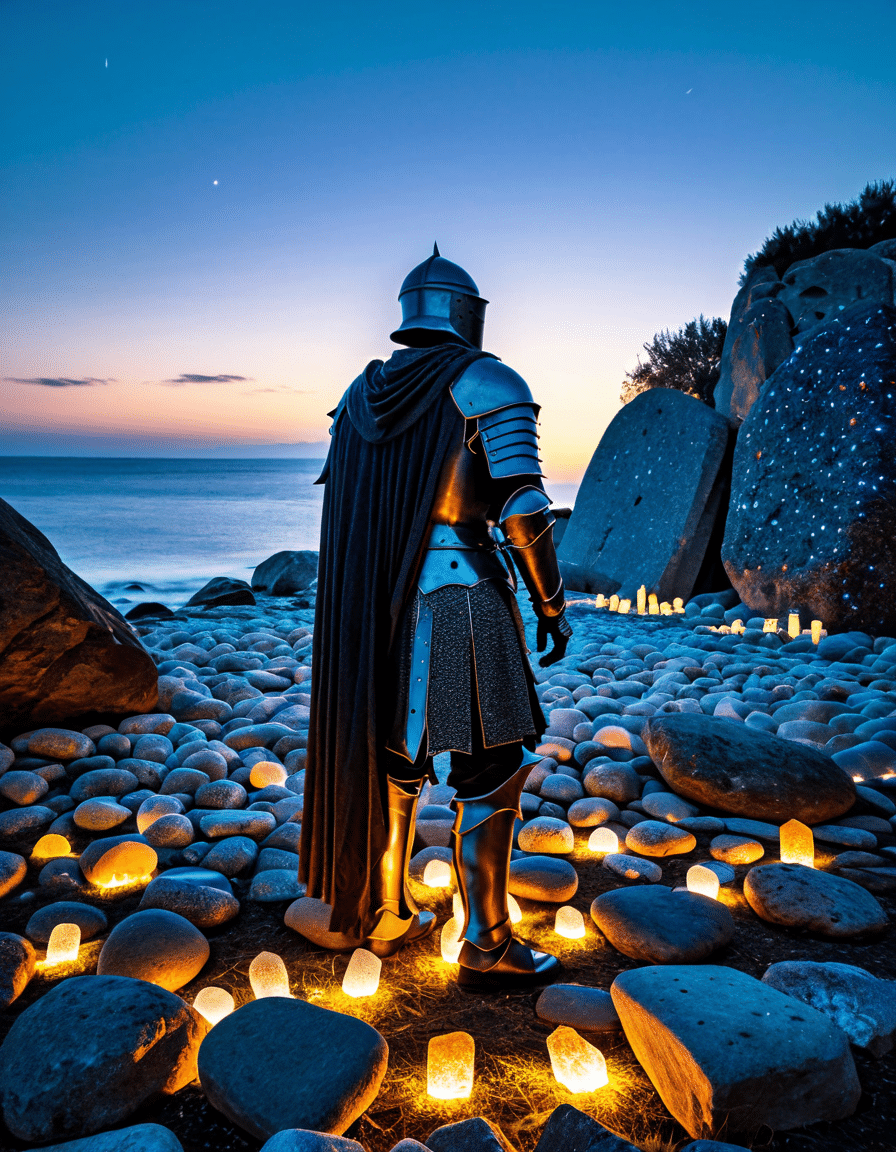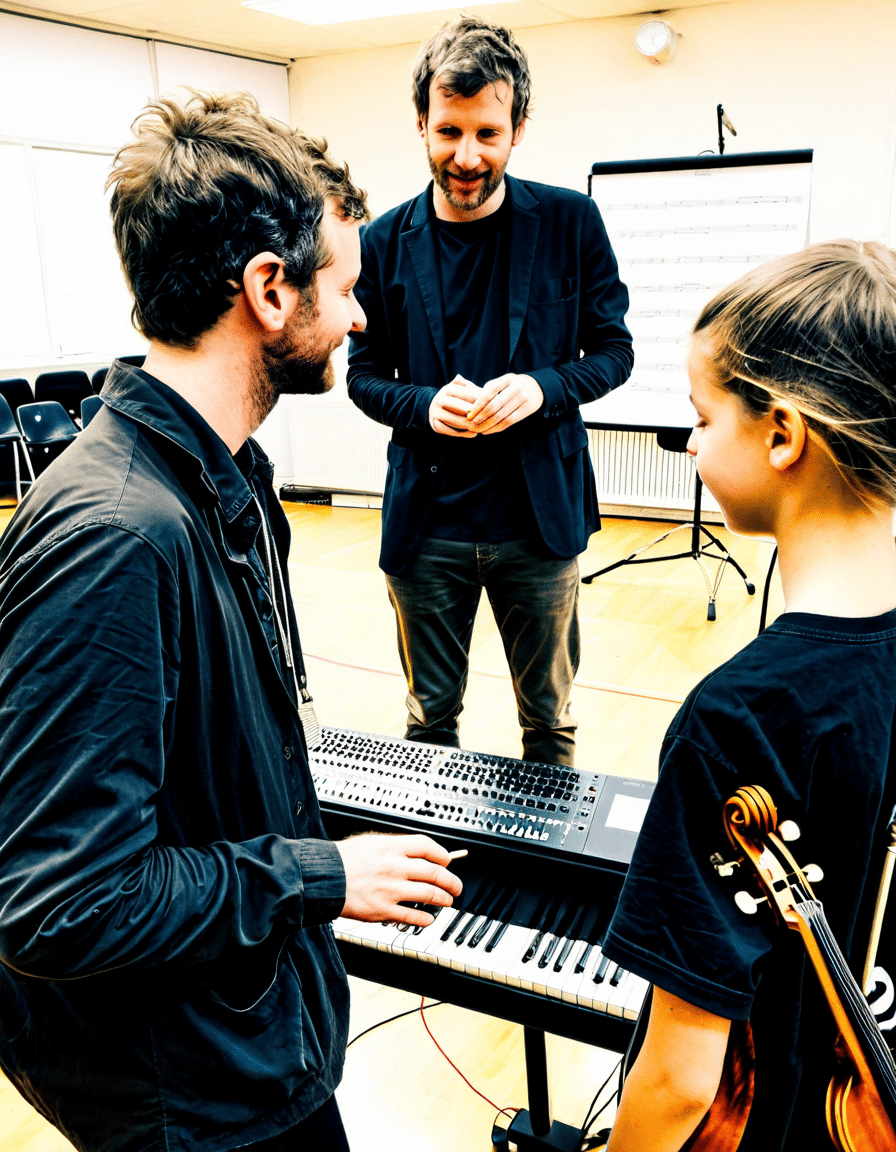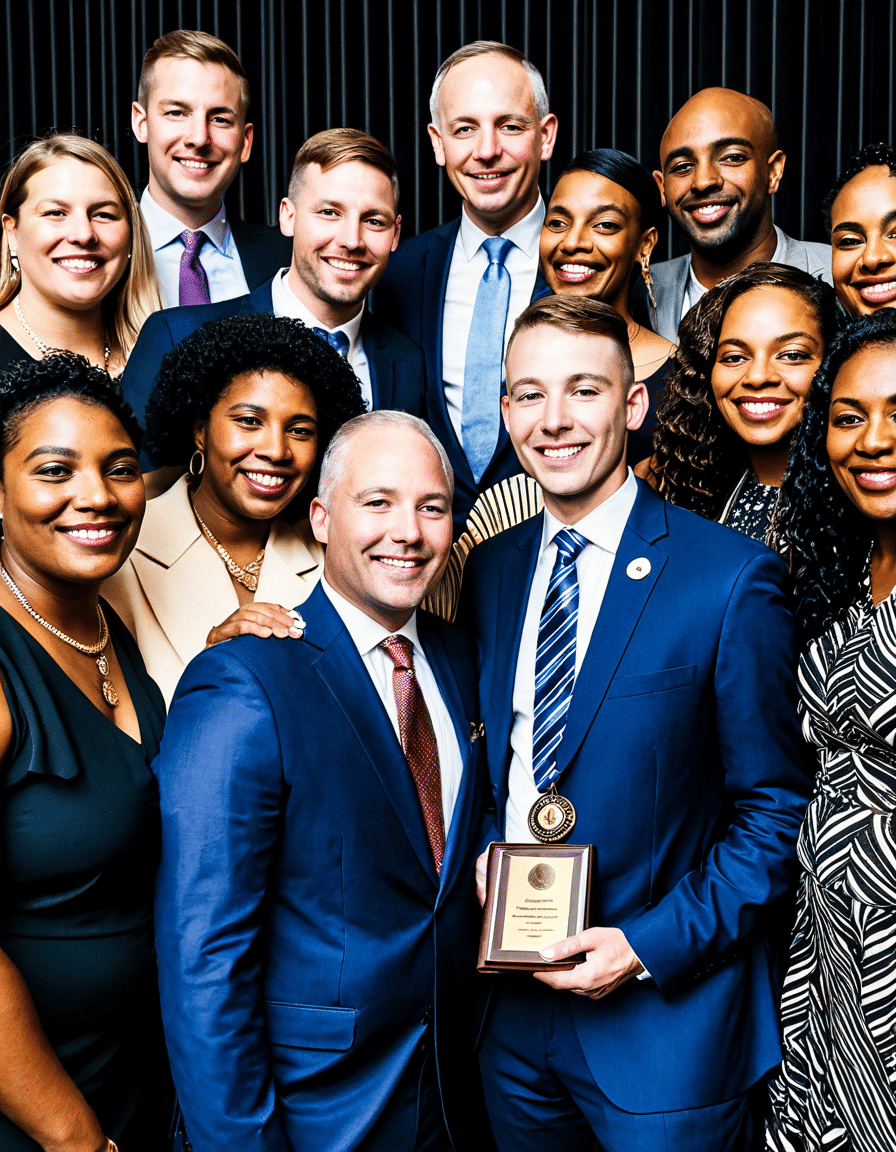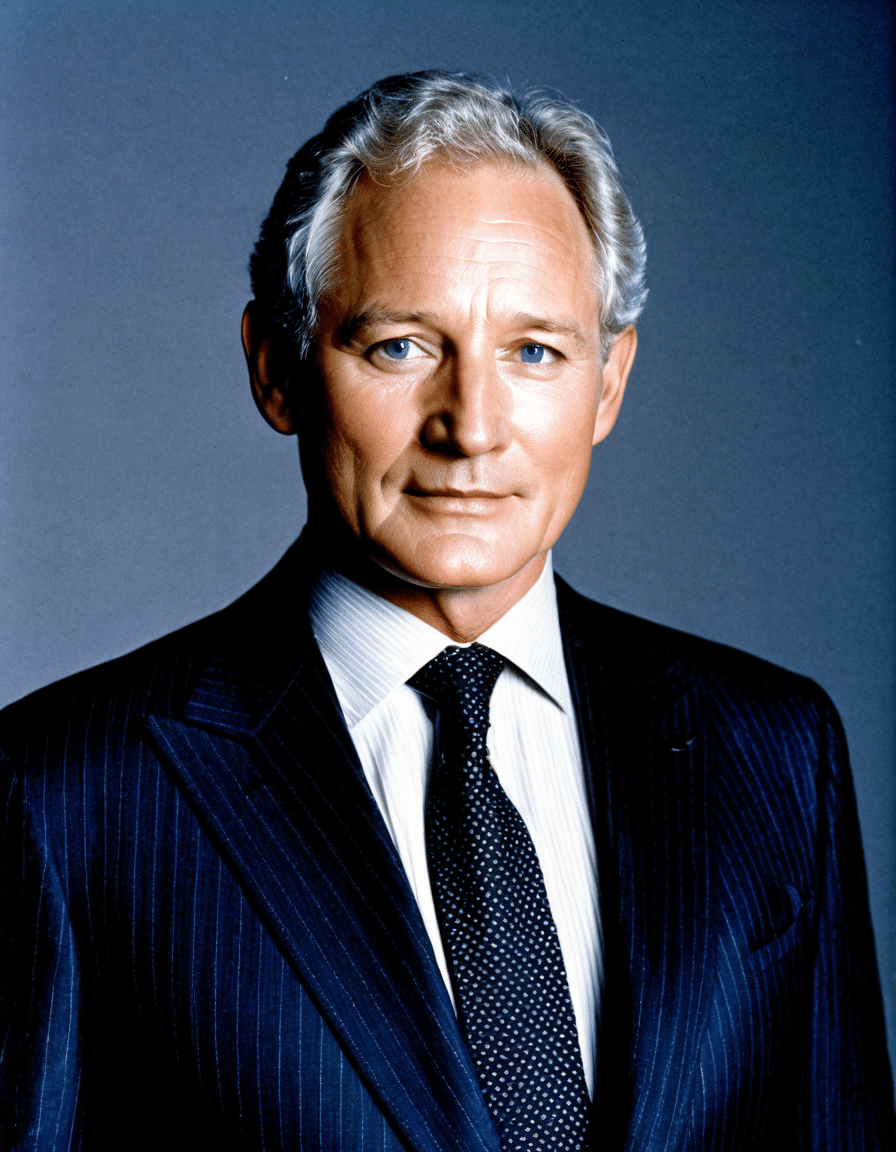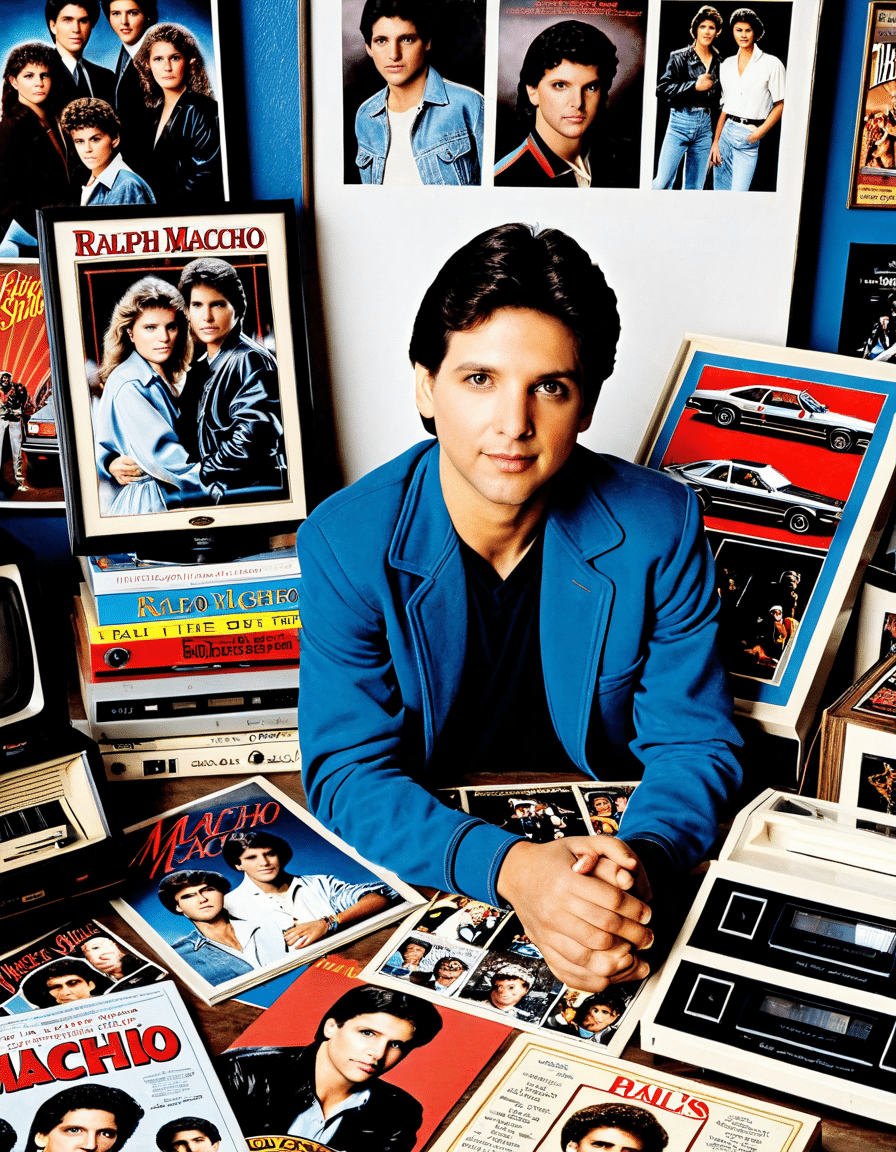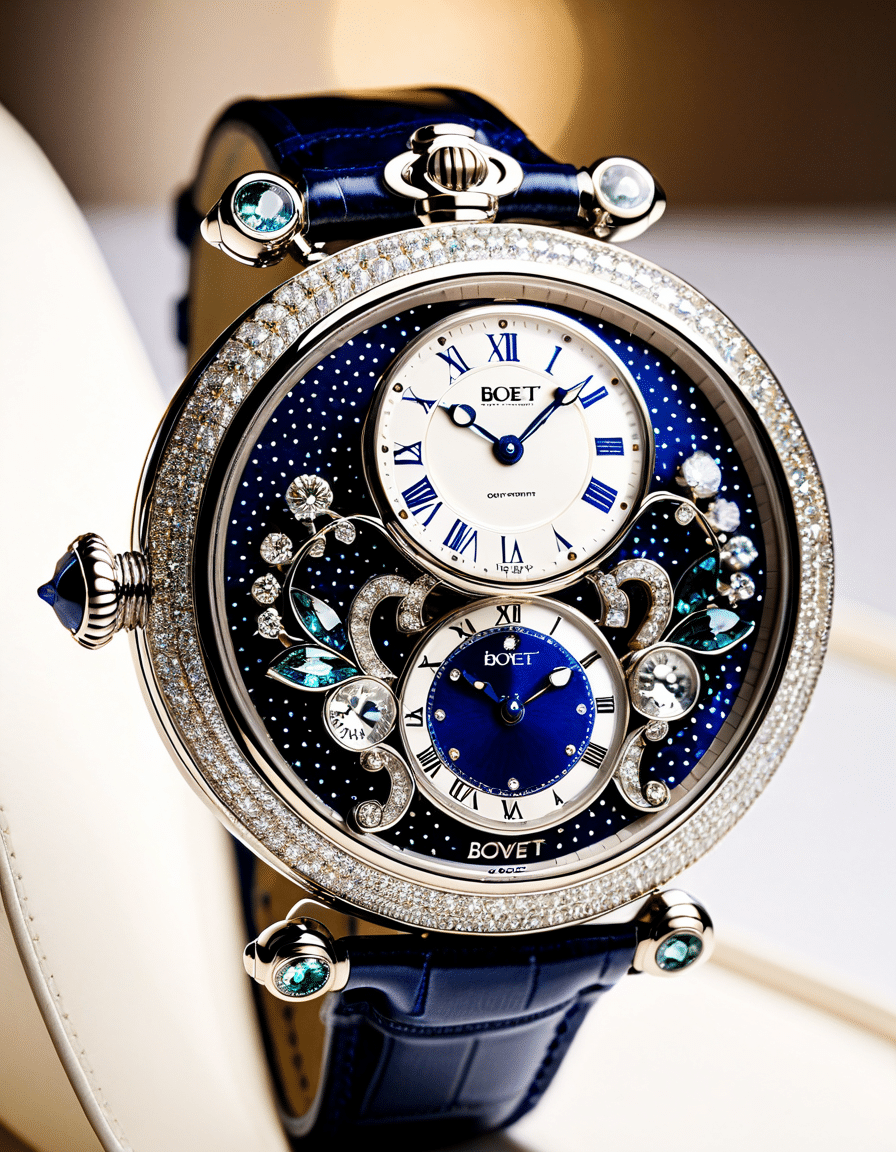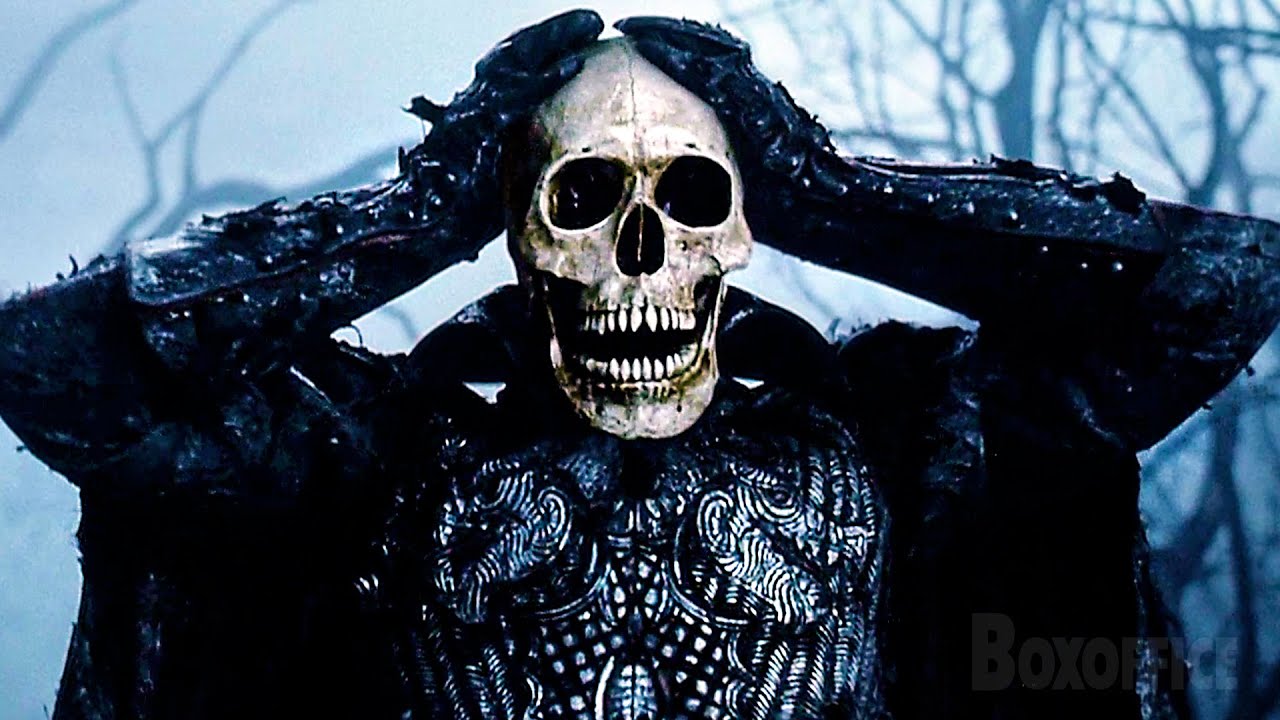
The Intriguing Legacy of the Headless Knight: A Legend Reimagined
The headless knight has fascinated audiences for centuries, wrapping its spectral arms around the very essence of human curiosity and dread. Emerging from the depths of European folklore, particularly in England and France, the story of this ghostly figure intertwines with medieval chivalry, battles, and the supernatural. The absence of a head symbolizes a grievous loss—identity and humanity stripped away in the chaos of war, serving as a stark metaphor for the devastation wrought by violence.
Throughout the ages, tales of the headless knight have morphed into various forms—from chilling ghost stories to essential allegories about honor and sacrifice. This legend remains as captivating today as it ever was, inspiring countless adaptations across different artistic mediums. Keep reading to dive deep into the legacy of the headless knight that shows no signs of fading into the mist of forgotten tales.
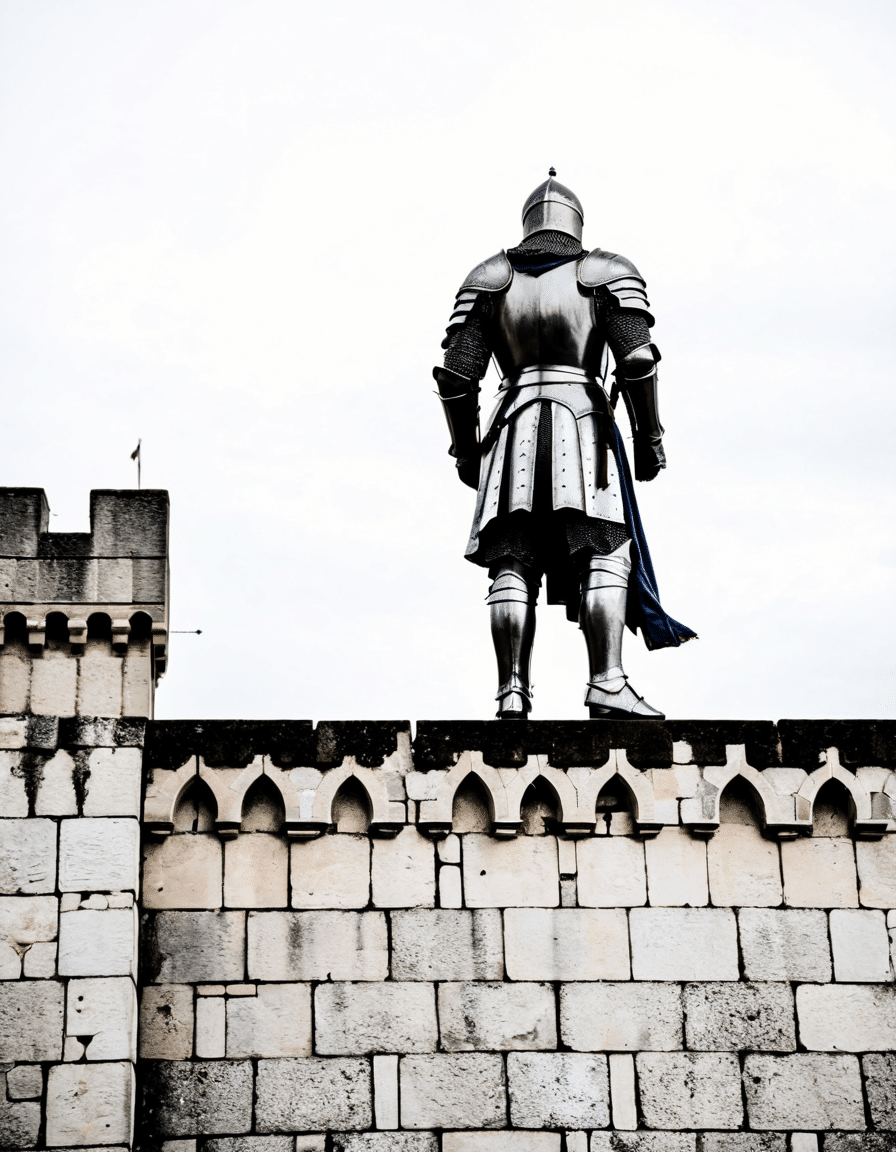
Understanding the Myth: The Headless Knight and Its Origins
The myth of the headless knight can be traced back to the throes of medieval times, when chivalric ideals clashed with the harsh realities of battle. It conjures images of knights clad in armor, gallantly defending their ladies and kingdoms. Yet, the horrifying twist where they lose their heads emphasizes the brutal nature of warfare and the psychological torment that accompanies it. This haunting figure serves as a potent reminder of the lives lost and the moral dilemmas faced in the quest for glory.
Visually striking and thematically rich, the headless knight has morphed from terrifying folklore into an emblem of introspection. Where once it inspired fear, it now invites audiences to ponder their battles—personal, social, and moral. The stories are much more than mere ghost tales; they resonate on an emotional level, urging us to consider the sacrifices of those before us and the consequences of our own choices.
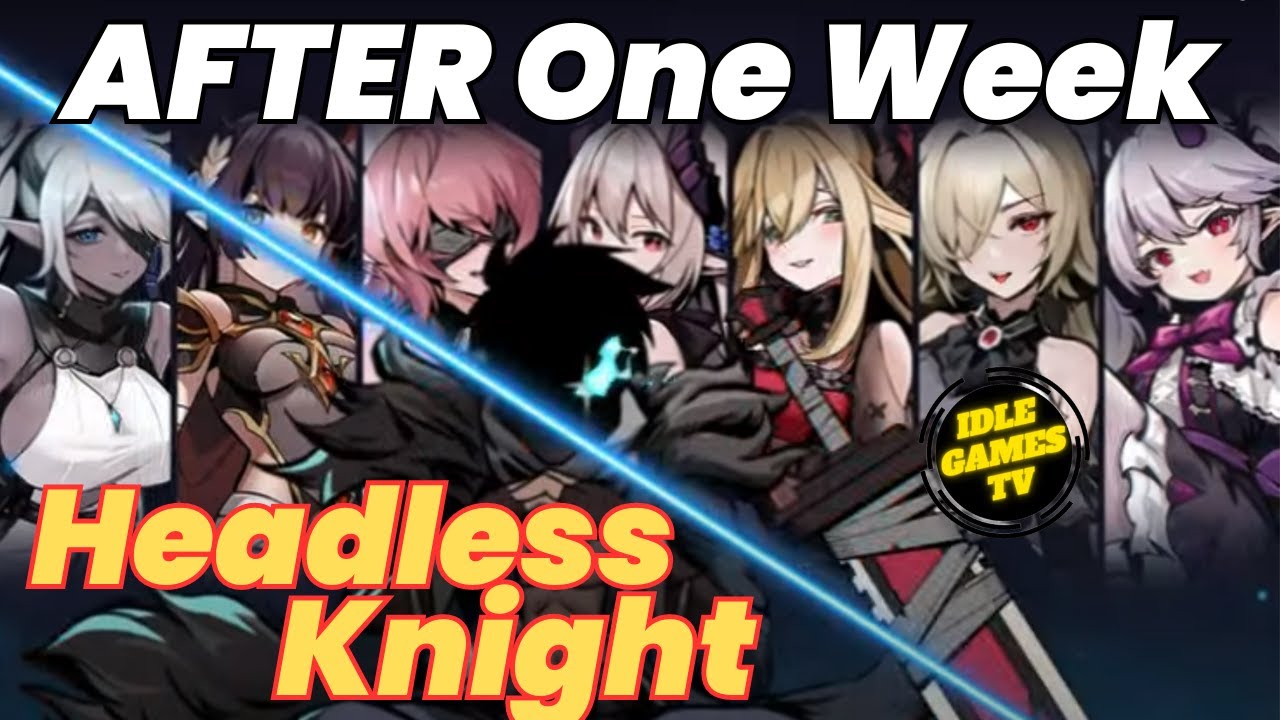
Top 5 Notable Representations of the Headless Knight in Popular Culture
From classic literature to modern film, the headless knight has embodied various themes that reflect our collective psyche. Here are five notable representations you’ve got to know:
Washington Irving’s tale arguably introduces the most renowned version of the headless knight. The headless horseman, as a vengeful spirit of a Hessian soldier, symbolizes both terror and mystery—an archetype in American folklore. His frequent adaptations in films and television underscore the character’s enduring impact on contemporary culture.
In Arthurian narratives, Sir Bors encounters a headless opponent that stresses themes of bravery and redemption. This storyline highlights the age-old belief that none are beyond redemption, even when faced with daunting challenges. It’s a reminder that our battles often reflect our inner struggles.
Titles like Dark Souls and Ghost of Tsushima introduce headless knights as formidable adversaries that represent players’ battles with oppression and inner turmoil. These games not only breathe new life into the legend but also engage players with challenging narratives that echo modern life.
This series incorporates a headless knight to symbolize the weight of familial trauma and grief. The presence of this ghostly figure resonates deeply, serving as a reminder of how unresolved issues can haunt us, adding layers of psychological complexity to the narrative.
In contemporary art and film noir, the headless knight reflects societal corruption and loss. Artists redefine the figure to challenge audiences, pushing us to scrutinize moral choices within an increasingly murky world. This modern interpretation keeps the legend alive and relevant.
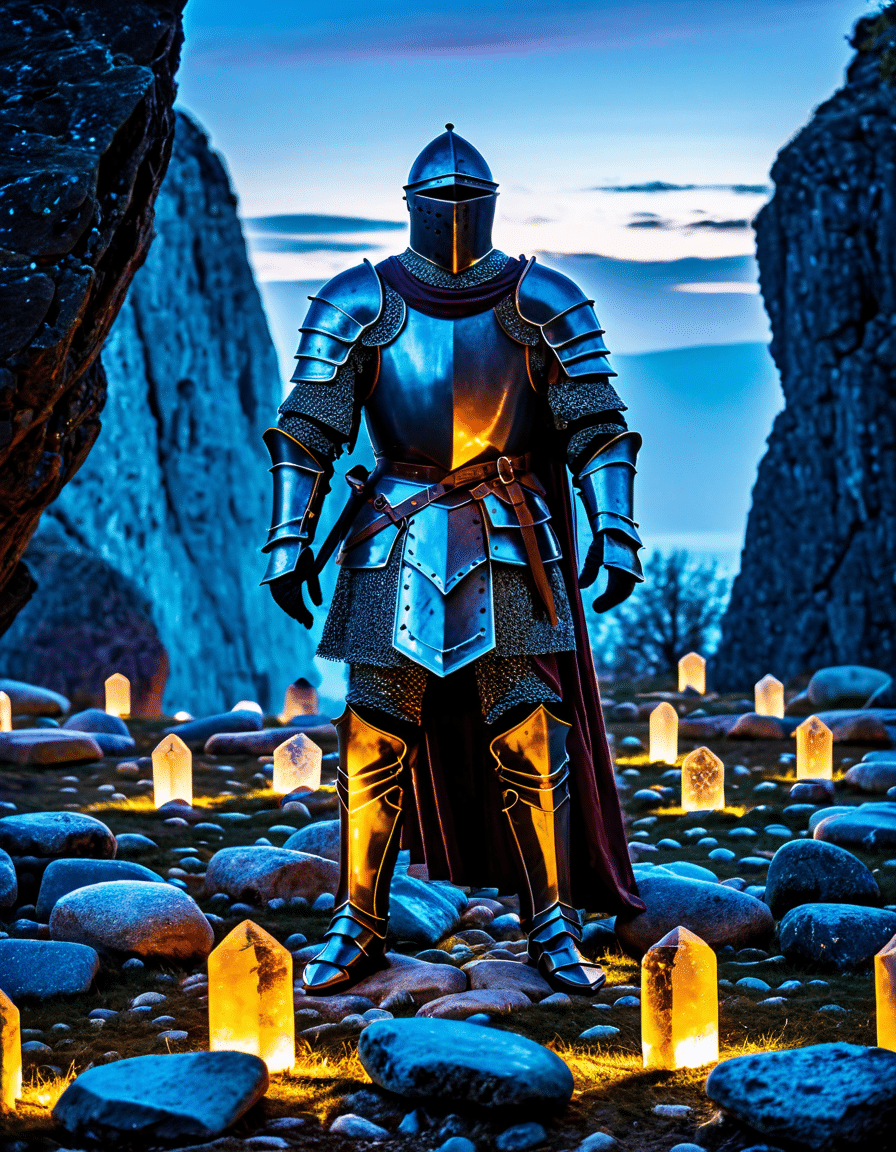
Cultural Impact of the Headless Knight in Literature and Society
As time ticks by, the headless knight has blossomed from a mere character in folklore to a potent cultural symbol. It brings forth themes of identity, existential loss, and justice, resonating deeply in society’s conscience. In the hands of modern authors like Neil Gaiman and Stephen King, this archetype evolves into narratives that speak volumes about contemporary moral dilemmas.
The continuing adaptations of the headless knight not only reflect artistic talent but provide a commentary on collective societal concerns. These stories encapsulate age-old struggles, illuminating our quest for understanding in the face of darkness. They remind us that the battle persists, echoing throughout the ages.
The Headless Knight as a Reflection of Our Inner Battles
This fascination with the headless knight serves as a mirror to our inner conflicts. The idea of losing one’s head can represent the loss of identity in a world that often pressures us to conform. As we explore the tale’s elements, we gain insights that resonate with feelings of fragmentation experienced by many in today’s fast-paced society.
The legend invites us to question who we are, generating an ongoing dialogue about identity amid external distractions. This relevance solidifies the headless knight as more than a mere story; it is a profound exploration of self-discovery.
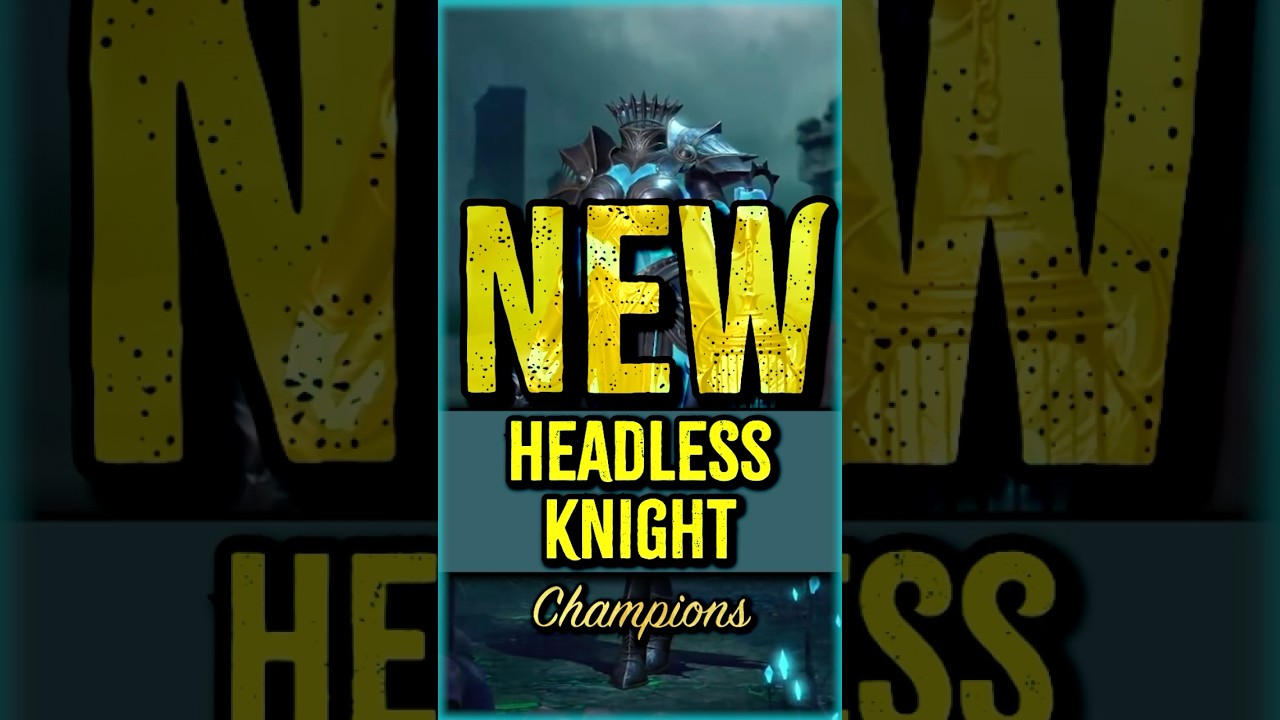
The Headless Knight: Future Reimaginings and Innovations
Looking ahead into this brave new world of the 21st century, the headless knight will likely continue to evolve. Virtual reality and immersive storytelling hold exciting possibilities, where audiences might engage with this legend on a personal level. Innovations like these reflect society’s need to confront its past while unraveling the intricacies of identity.
As artists and creators reimagine the headless knight, they open up a landscape of storytelling opportunities that keep the legend captivating. Whether through literature, gaming, or visual arts, the headless knight remains an emblematic figure—a constancy that promises to shape conversations about personal and collective experiences.
Ultimately, the journey of the headless knight transcends an eerie tale about ghostly figures. It is woven intricately into the very fabric of culture, inviting us to reflect on our identities and confront our inner struggles. As this legend continues to adapt, it beckons us all, ensuring that its relevance and charm permeate the stories we tell for generations to come.
Come what may, the legend of the headless knight lives on, proving to be a timeless tale that resonates with our shared human experience and challenges us to find meaning amidst chaos. For those looking into the depths of culture and life, the headless knight offers a rich tapestry of exploration. Whether it’s through examining figures like Dimitri Portwood kutcher or sitting with burning questions about Jaden Newman’s age, there’s always a story waiting to be uncovered. So get excited and delve deep into these captivating tales!
The Headless Knight: An Extraordinary Legend
Unearthing the Tale of the Headless Knight
The headless knight, a figure shrouded in enigma, is more than just a spooky bedtime story. This legendary character has popped up in various cultures, captivating audiences with tales of bravery and untold mysteries. Did you know that legends often inspire countless adaptations in film? For instance, Nicola Porcella starred in a movie that echoes the chilling thoughts of such legends, showcasing how these figures can leap from folklore right to the big screen. Speaking of big names, interestingly, Robert Downey Jr. has amassed a fortune in Hollywood, but even he can’t escape the shadow of legendary figures like the headless knight.
The Mystery Behind the Legend
The headless knight’s story often raises eyebrows and draws in curious minds, much like how people flock to decode the lingo of modern dating—just think about the Tinder meaning. Why would a knight ride without a head? Some suggest it represents unfulfilled quests or battles left unfinished, playing on the universal theme of longing. It’s a concept that resonates with all sorts of tales we tell, from the epic to the downright quirky, much like the trending Nerds Clusters that pop up every now and then. The fascination with the unexplained drives us to discover more about ourselves and our history.
Myths, Medical Mysteries, and Modern Connections
Interestingly, while many are enchanted by the headless knight, others face real-life mysteries of a different kind, like Sibo treatment for digestive issues. But just as tales evolve over time, so do our understanding and treatments for such conditions. And the link between legends and reality is pronounced; they often provide a captivating escape from life’s complexities, showing us that stories can be decoding tools, revealing truths both repulsive and fascinating. As the tales of the headless knight continue to weave through time, they remind us of the human experience—full of struggles, triumphs, and a sprinkle of the supernatural.
So, next time you hear about the headless knight, think beyond the chilling narrative and consider the layers of meaning behind it. Who knows, maybe there’s a little bit of knight in all of us, galloping through life, battling our own headless horrors!
